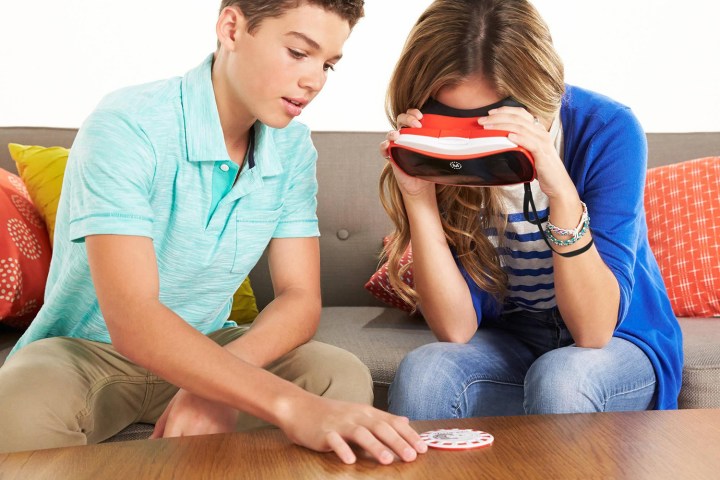
Drawing upon the expertise of its designers, engineers, strategists, artists, and business counselors, frog has put together a list of trends to watch for the New Year. And if they’re right, we’re in for a pretty exciting 2016.
First up is the resurgence of bitcoin and the expansion of Blockchain. According to Carlos Elena-Lenz, frog’s principal technology strategist, “Blockchain will mature beyond the enabling technology behind Bitcoin. Recent investments in the crypto-tech space will begin to bear fruit as initial application development platforms and use cases prove themselves in the market.” Noting that blockchain applications will soon extend beyond payments and enter the realms of healthcare, crowd-funding, finance, and even music, Elena-Lenz urges companies to “explore use cases by creating blockchain-enabled prototypes to understand the potential impact on their existing business.”
Another realm of existing technology that will go further than ever in 2016 is virtual and augmented reality, along with the seemingly ubiquitous related headsets. As the Oculus Rift, the Hololens, and more of these wearables become ever more available, Jud Holliday of frog says that “personal 3D gateways into an alternate shared experience will start to emerge.” More exciting still, says Holliday, viewers will be able to “virtually transport themselves to points in space around the world and interact with the people there.”
And while these interactions may initially be simple, Holliday believes that “the feeling of presence engenders a sense of empathy that they never felt watching video on a 2D screen.” This will have unprecedented effects on everything from refugee camps to war zone reporting, allowing the 21st century to be “more deeply connected to reality.”
As for the way 2016 will look, Charlie Burgoyne believes that “2016 and beyond will be known for ‘using data to design.'” Noting the weight modern companies place upon quantitative data, Burgoyne predicts that the retail industry in particular will be transformed by this new emphasis on information-driven design. “Data collation now enables a bidirectional relationship between retailers and their customers, yielding empirical metrics to corroborate subjective vision,” he says. And while online shopping experiences like Amazon often make recommendations to their shoppers, Burgoyne predicts that it will soon be “in places you wouldn’t expect, like a Nordstrom department store, which uses customer smartphones to track behavior and shopping habits.”
And as for the humanity of the future, Siddharta Lizcano predicts the rise of human connection and friendship as a service. Despite our claims of connectivity and down-to-the-minute updates on our thousands of Facebook friends and Twitter followers, there seems to be a distinct sense of loneliness (perhaps spurred by FOMO) that the millennial generation experiences more than those before us. Already, Lizcano points out, “In China you can rent a boyfriend to bring home during Chinese New Year from Taobao (the largest e-commerce service).” And just maybe, “the next untapped value source” really is monetizing relationships (no, it’s not called prostitution).
For more of frog’s fascinating predictions for 2016, head over to their TechTrends 2016 page.


